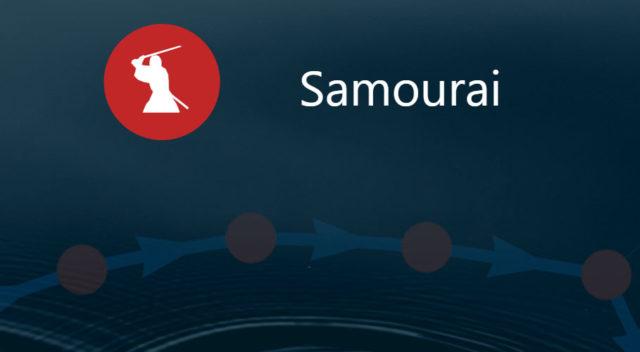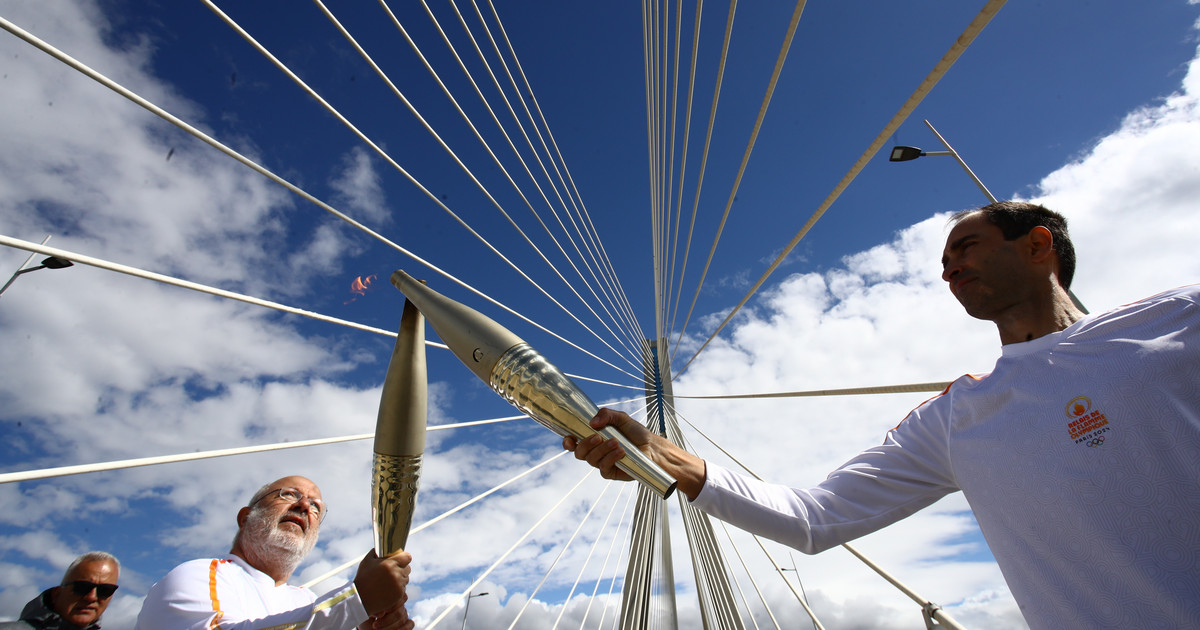The tsunami in the Tonga archipelago, in Oceania, which occurred on January 15, was noticed in Brazil 17 hours after the occurrence of the phenomenon. The information was released this Friday (21), by the Brazilian Institute of Geography and Statistics (IBGE).
The detection took place at the Arraial do Cabo Station, in the Lagos Region, in Rio de Janeiro, one of six of this type maintained by the institute, which are part of the Permanent Maregráfica Network for Geodesy. The phenomenon generated a rise of eight centimeters in sea level.
Everton Gomes dos Santos, an IBGE surveyor engineer, points out that the change was brief. “There was a significant discrepancy between the astronomical tidal forecast and the height of the water level at the site. After about a day, the levels started to return to normal,” he says.
The phenomenon was not noticed in the other five active tide gauge stations in the country. They are located in Belém (PA), Fortaleza (CE), Imbituba (SC), Salvador (BA) and Santana (AP).
The tsunami in Tonga began after a strong eruption occurred at Hunga-Tonga-Hunga-Há’apai, a submerged volcano in the Pacific that raised the level of waves. They reached 1.2 meters and reached the coast of the archipelago, which has about 100,000 inhabitants.
The episode left at least three dead in Tonga, where many localities were left without access to electricity. Last Thursday (20), the first flights of humanitarian aid, from neighboring Australia and New Zealand, began to arrive in the archipelago.
The aid began to arrive after an alert about possible food shortages in the country. The environmental incident generated volcanic ash and debris. They hit the runway at the international airport, which needed to be cleaned to receive the donations.
Reference: CNN Brasil






